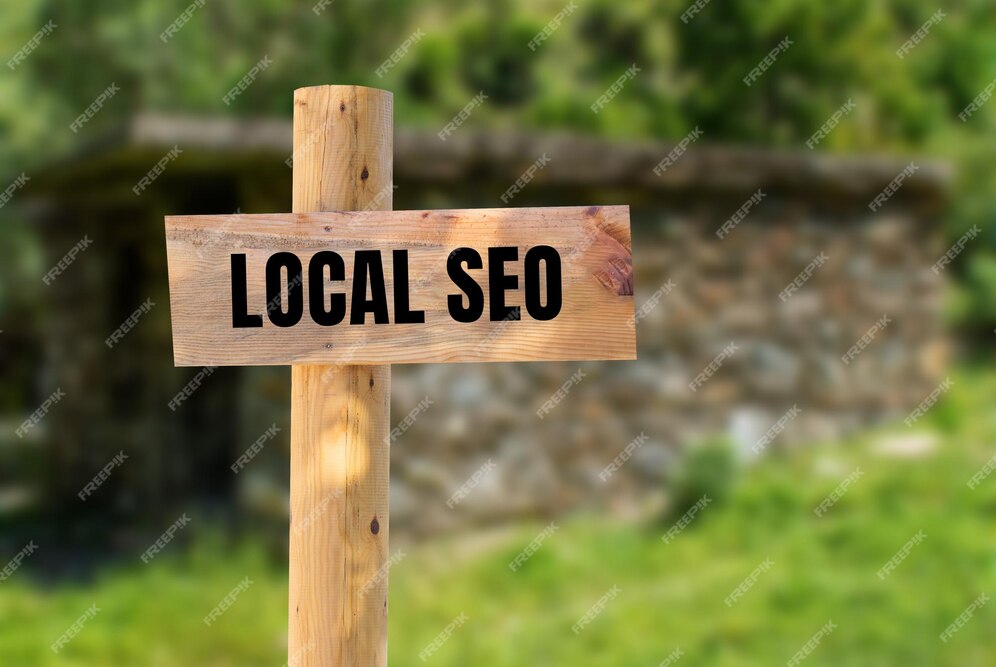
1. Optimize Your Google Business Profile
- Claim and Verify Your Profile: Make sure your Google Business Profile (GBP) is claimed and verified. This is crucial for appearing in local search results and Google Maps.
- Complete Your Profile: Fill out all the information, including business name, address, phone number (NAP), website, hours of operation, and categories.
- Add Photos: Upload high-quality images of your business, products, and services to make your profile more engaging.
- Encourage Reviews: Positive customer reviews improve your visibility and credibility. Encourage satisfied customers to leave reviews and respond to them promptly.
2. Optimize Your Website for Local Search
- Include Location Keywords: Incorporate your city or region in your website’s meta titles, descriptions, and content. For example, use phrases like “best pizza in [City]” or “plumber in [City].”
- Create Local Content: Write blog posts or create landing pages that focus on local events, news, or activities relevant to your business.
- Embed a Google Map: Embed a Google Map of your business location on your contact page to help customers find you easily.
3. Local Listings and Citations
- Consistent NAP Information: Ensure your business name, address, and phone number are consistent across all online listings, including directories like Yelp, Bing Places, and Yellow Pages.
- List Your Business in Local Directories: Submit your business to local online directories and industry-specific directories to improve your local SEO.
- Use Structured Data Markup: Implement schema markup on your website to help search engines understand your business information, such as location and services.
4. Build Local Backlinks
- Partner with Local Businesses: Collaborate with other local businesses or organizations to get backlinks to your website. This could be through joint events, sponsorships, or guest blog posts.
- Engage with Local Media: Reach out to local newspapers, blogs, or online publications to feature your business. A mention or link from a reputable local source can boost your SEO.
5. Leverage Social Media for Local Engagement
- Use Location Tags: On platforms like Instagram and Facebook, use location tags to make your posts visible to people in your area.
- Engage with Local Community: Participate in local conversations, groups, or events on social media to increase your visibility and connect with potential customers.
- Promote Local Content: Share content related to your community or local events, which can resonate more with your audience and drive local traffic.
6. Mobile Optimization
- Ensure Mobile-Friendliness: Most local searches are done on mobile devices, so your website must be mobile-friendly. Use responsive design and ensure fast loading times.
- Optimize for Voice Search: With the rise of voice search, optimize your content for natural language queries, often in the form of questions. For example, “Where is the best coffee shop near me?”
7. Manage Online Reviews and Reputation
- Monitor Reviews: Regularly monitor reviews on Google, Yelp, Facebook, and other platforms. Respond to both positive and negative reviews in a professional manner.
- Encourage Feedback: Promptly ask for feedback after a sale or service. This not only improves your reputation but also signals to search engines that your business is active and trustworthy.
8. Localize Your Content
- Create Content Around Local News or Events: Write about local events, community news, or anything else relevant to your area. This can help attract local search traffic.
- Highlight Local Case Studies or Testimonials: Showcase testimonials from local customers or case studies involving local clients to build credibility and connect with your local audience.
9. Use Local Keywords in Your Paid Advertising
- Target Local Keywords: If you run paid search campaigns, focus on local keywords and use location extensions to make your ads more relevant to local searches.
- Utilize Geotargeting: Use geotargeting to ensure your ads are only shown to people in your specific area, maximizing the efficiency of your ad spend.
10. Optimize for “Near Me” Searches
- Use Phrases Like “Near Me”: Include phrases like “near me” in your content and meta descriptions where relevant. This is especially effective as many mobile users include this in their search queries.
- Focus on Proximity: Make sure your NAP information is accurate across all platforms so search engines can accurately display your business for proximity-based searches.
